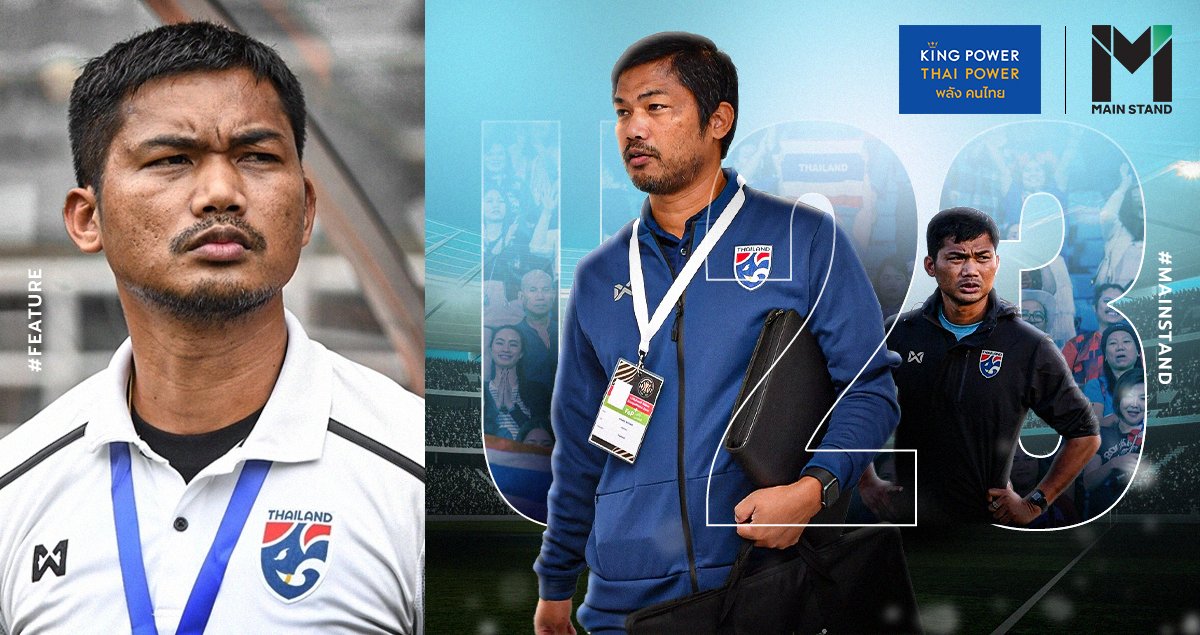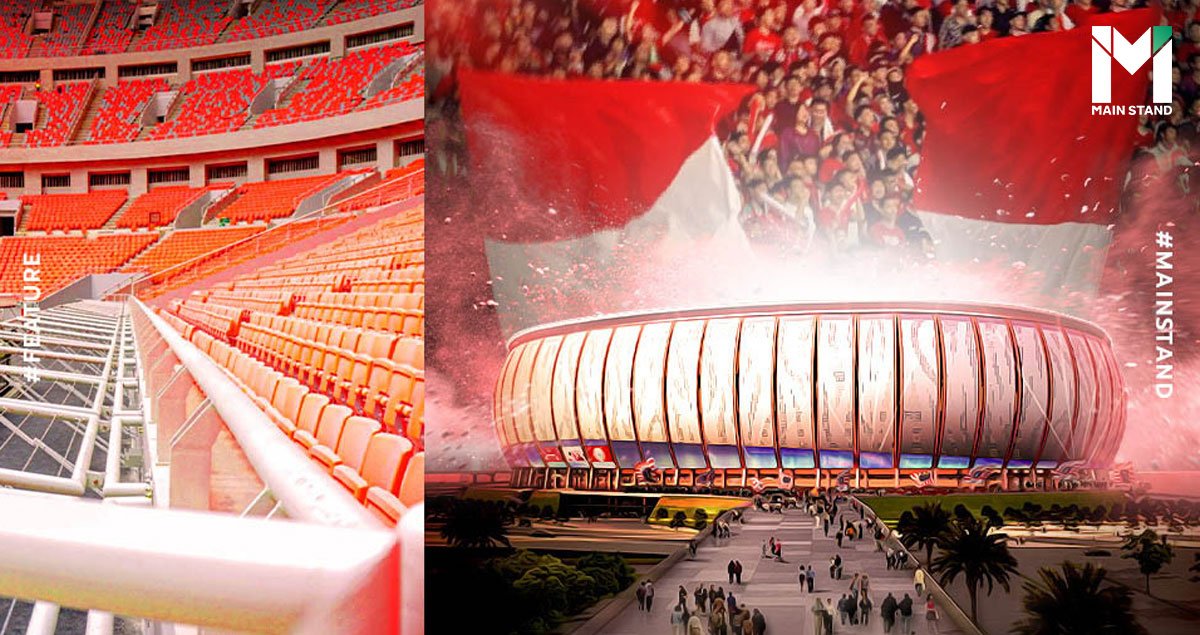
As news of ASEAN’s joint World Cup bid emerges again, we look at the country with the largest, high-capacity stadiums in the region.
Indonesia has 21 stadiums that can house over 30,000 spectators, considerably more than all of the other nations in ASEAN. This is why the country believes in its potential and readiness to hold major international tournaments in the future and will likely be a crucial part of any joint bid for the World Cup.
Why does Indonesia lead the way in terms of football stadiums in ASEAN? Follow along with Main Stand to find out.
Politics and economy
Indonesia is by far the largest and most populated country in ASEAN. The country is currently home to 270 million people, making it the fourth most populous country on the planet. It also has a total area of 1.9 million square kilometers, making it four times larger than Thailand.
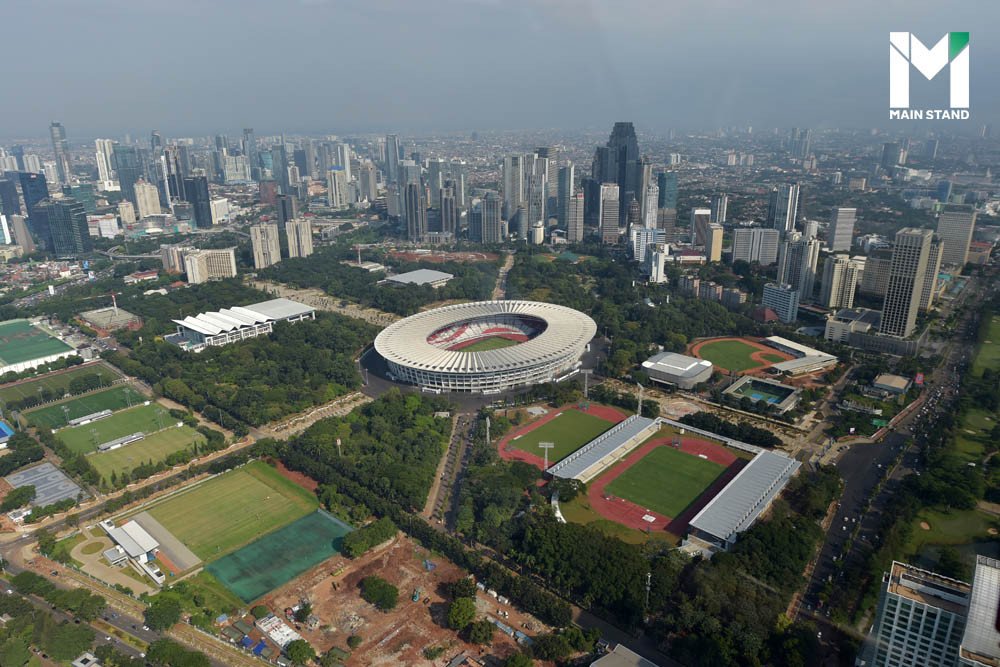
With its large size and high population, Indonesia, of course, has infrastructure that matches the people’s lifestyles and demands. Aside from facilities such as hospitals, schools, and bureaucratic offices, football stadiums are crucial in each Indonesian state because it is the most popular sport in the country.
Indonesia has 21 stadiums with a seating capacity of over 30,000. Beyond that, four stadiums can hold over 50,000 spectators: the Jakarta International Stadium, Gelora Bung Karno Stadium, Palaran Stadium, and Gelora Bung Tomo. This outstrips every other country in ASEAN by some distance. Based on the number of large stadiums above, the budget for their construction must have been vast. The question is, where do the massive amounts of money used for construction come from?
Indonesia’s football stadiums are directly linked to the country’s politics and economy.
Each of the country’s 37 states has a local government responsible for managing the budgets of infrastructure projects. This differs vastly from Thailand, a highly centralized state where the local government is not empowered to manage budgets independently. For instance, if Chiangmai requests funding for football stadium construction, the provincial authorities must ask the central government for its budget, and the parliament must approve it. Without approval, the province is not allowed to embark upon the construction.

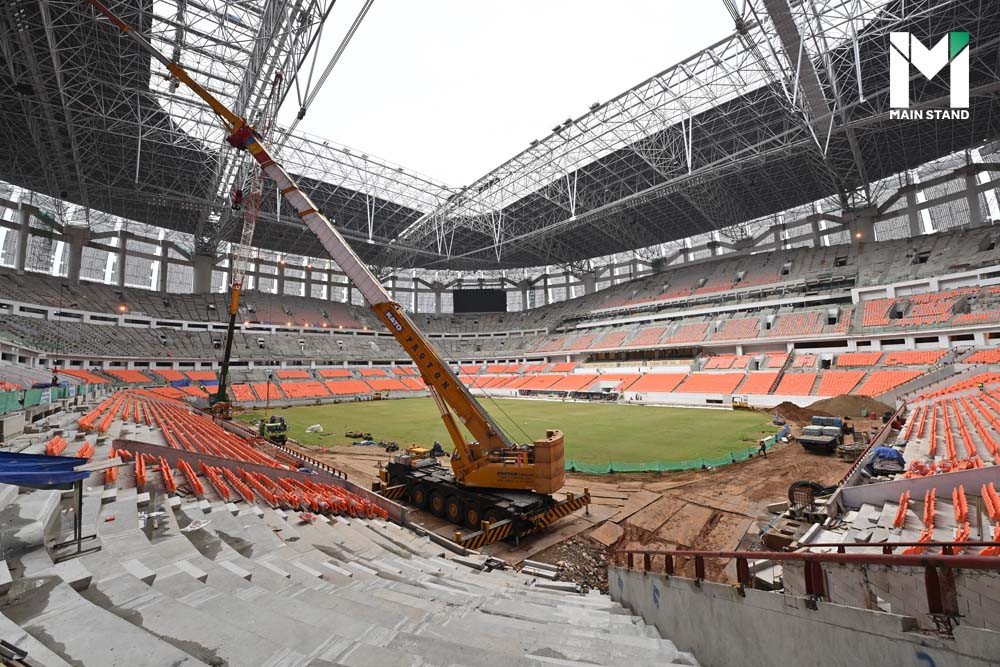
Indonesia’s size and population make it conducive to large football stadiums in many other ways. For example, low minimum wages in Indonesia are another critical factor. Indonesia’s wages are ranked sixth in ASEAN (out of ten) and is approximately 144-300 baht per day. Many construction workers are required to build a stadium, so the minimum wage is relevant to football stadium construction.
For this reason, these 21 stadiums above the average size in ASEAN are located in the provinces. These stadiums are not constructed only for the sake of a good image, but they also respond to Indonesia’s football mania.
A boom in the old days
Even more important than a low minimum wage, large open spaces, and state decision-making, people’s interest in the sport is ultimately the key reason why Indonesia has so many large football stadiums.
Like many other countries, Indonesia is genuinely passionate about football. In the 1990s, the Indonesian football league was extremely popular among locals. Their stadiums featured packed crowds on par with European leagues, while their unique and vivid atmospheres attracted interest from across the globe.
That’s why Indonesian clubs could attract many world-class players to their leagues, such as Argentinian forward Claudio Caniggia or Cameroonian striker Roger Milla. At the time, many famous Thai players were drawn to the prospect of playing in Indonesia, such as Sintaweechai Hatairattanakul, Paitoon Teabma, and Suchao Nuchnum.
During his time playing for Persib Bandung, Suchao once stated Indonesians were crazier about football than Thais.
“In Thailand, people were crazy about such teams as Muangthong or Port. However, compared to Indonesia, it was even more frenzied. Regarding local football, Indonesian people are more passionate than Thais,” Suchao said in an interview with Football Tribe.
Unfortunately, domestic football in Indonesia has not lived up to its potential. The division was sanctioned by FIFA and wasn’t played for two years due to government interference and mismanagement. Regardless, football is still the country’s undisputed favorite sport, and national team matches are always filled the rafters with passionate supporters.
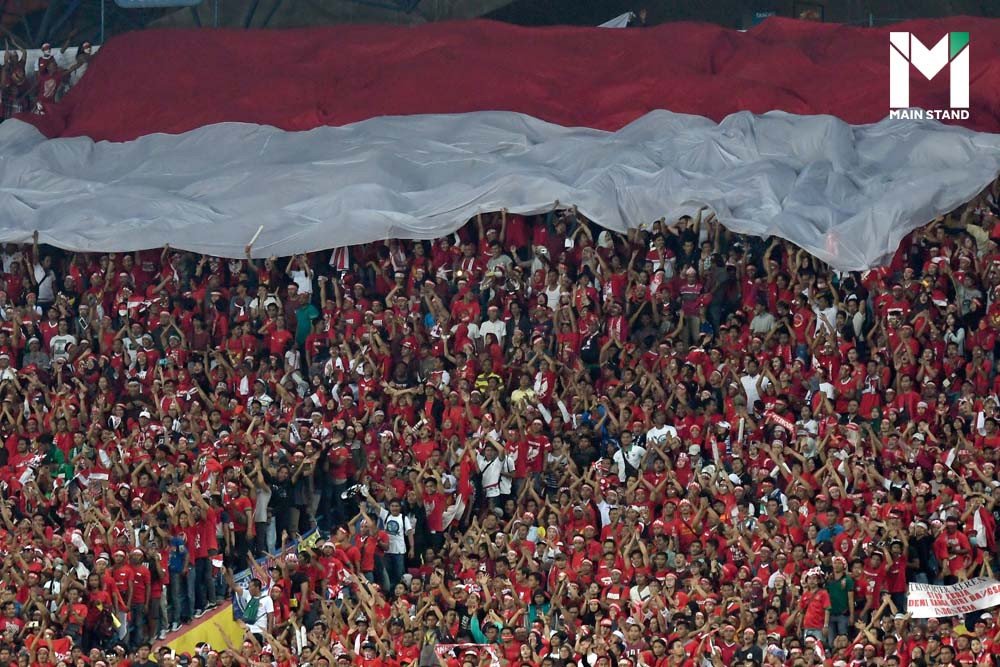
Due to its many suitable venues, Indonesia have regularly bid to host major football and sporting events. Every time Indonesia was awarded hosting rights, such as for the Asian Games in 2018, it constantly used a budget to improve its stadiums. During their most recent major tournament, they invested over $2.4 billion dollars in improving facilities for athletes, spectators, journalists, and foreign visitors.
Bigger target
So far, Indonesia has held all football tournaments in ASEAN, from the youth championships to the SEA Games and the AFF Suzuki Cup. Even so, Indonesia has dreamed of going beyond. The country once joined a bid to hold the 2022 World Cup and now aims to co-host the 2034 FIFA World Cup.

However, large stadiums do not guarantee the country’s chance to host the tournament. To hold the FIFA World Cup, vast quantities of money are needed. As evidenced by past events, most host nations have run a deficit because of funds required for various facilities, training grounds, lodgings, routes, and transportation systems. Furthermore, the stadiums' quality, including the playing surface and the comfort for supporters, would likely need upgrading to host a major tournament.
Perhaps even more importantly, it's worth questioning whether their national team can stand toe-to-toe with some of the strongest nations on the planet, given that they are still struggling on the ASEAN stage.
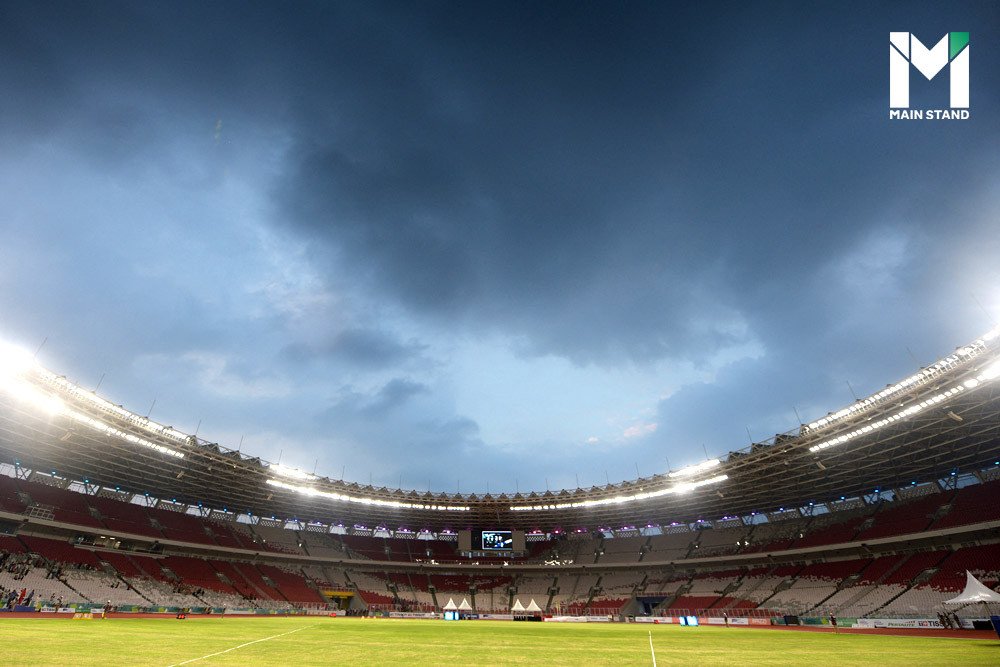
Steven Danis, an Indonesian football journalist, wrote an article in Football Tribe regarding such a matter, saying: “The World Cup is the World Cup. It requires preparedness and viewpoints from everyone, from the President to the people.”
“Now, Indonesia still lacks FIFA-standard stadiums to train on. Our country once held the Asian Games and is preparing for the U-20 World Cup, but the FIFA World Cup is something totally different. The truth is many Indonesian football clubs, sadly, do not own a stadium. Sometimes they even need to rent a futsal court or a central football stadium for practice.”
What Danis said confirms that having large stadiums isn’t enough, especially if they aren’t well-managed; every ASEAN nation must contend with if they are serious about their World Cup bid. For the time being, the best thing is to host smaller-scale events to gain more experience and be geared toward developing the infrastructure for more significant events.
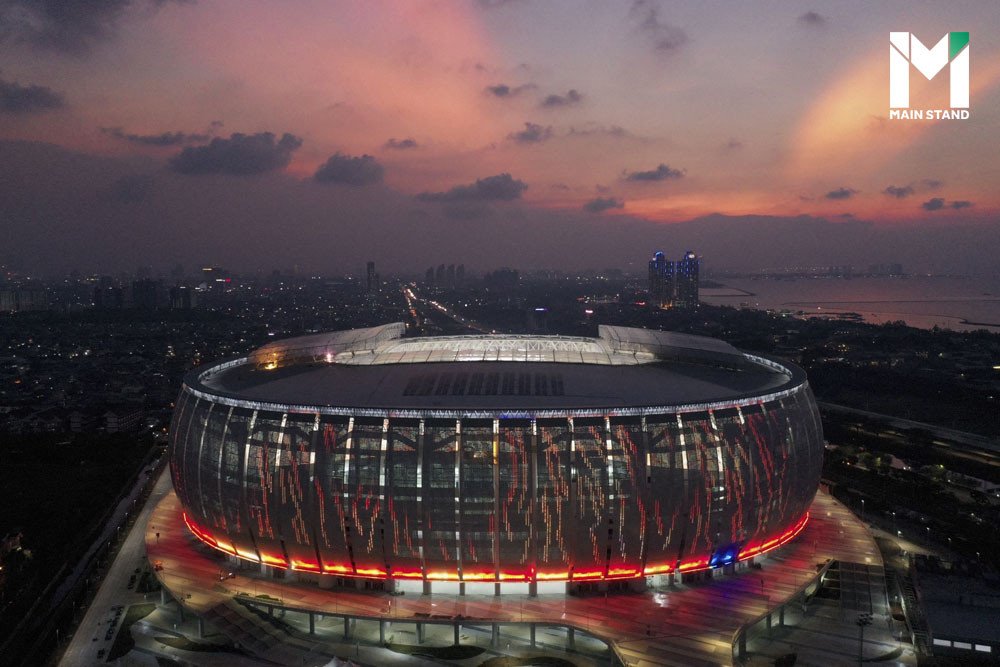
A lot of work must be done if the FIFA World Cup comes to the ASEAN region, as even the country with the most suitable venues has a long way to go. Furthermore, improving the quality on the field should be the priority. Hosting the world’s premier football tournament is now only a dream for ASEAN, but it can at least serve as motivation to make much-needed strides forward.
Sources:
https://football-tribe.com/thailand/2017/11/16/once-upon-time-persib-bundung-by-suchao/
https://theaseanpost.com/article/indonesia-bets-big-2018-asian-games?fbclid=IwAR1Tiib_zAUF_e1m5Qald74-taOyFpYAB-qh8MdkSkT-0lqL2I-3MTCluTg
https://www.managementstudyguide.com/effects-of-fifa-world-cup-on-economy.htm
https://www.quora.com/What-do-you-think-about-Indonesia-hosting-the-FIFA-World-Cup-in-2034
https://www.thejakartapost.com/academia/2019/11/10/should-asean-bids-for-the-world-cup.html
https://www.goal.com/en-my/news/indonesian-fans-most-passionate-asia-its-time-they-learn/1qrnh9sykveke190kvfk3g8h6o
https://football-tribe.com/asia/2019/10/30/is-indonesia-ready-to-host-the-fifa-u-20-world-cup-in-2021/
https://www.dw.com/en/football-in-indonesia-new-generation-provides-new-hope-ahead-of-asian-cup/a-61999071






